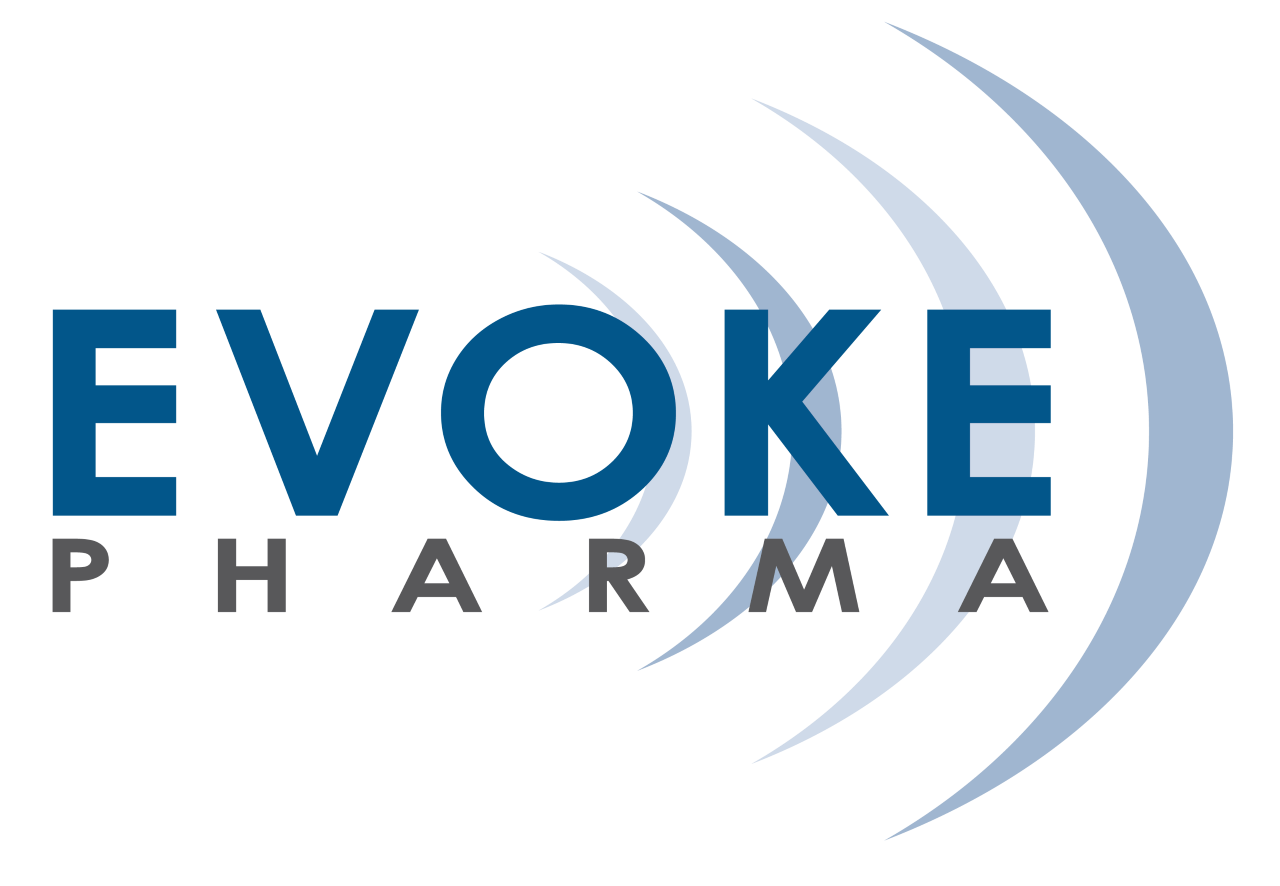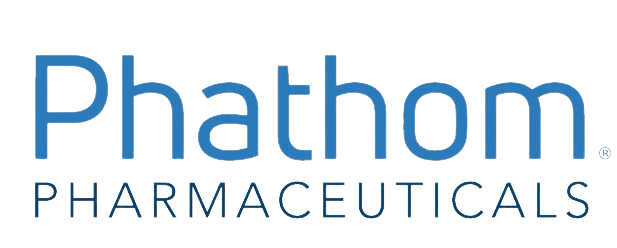Helicobacter Pylori: Diagnosis and Treatment – Dr. Yin Chan

Helicobacter Pylori: Diagnosis and Treatment – Dr. Yin Chan Helicobacter pylori (H. pylori) is a bacteria that is commonly found in the stomach of at least one-half of the world’s population. While most individuals infected with H. pylori will not experience any signs or symptoms, a subset of infected individuals will develop digestive issues for […]
283- When Bacteria in your GI Tract is a Problem (H.pylori, C.diff, SIBO)
When is bacteria in your GI tract concerning? Growth or overgrowth of certain bacteria in your gastrointestinal (GI) tract can lead to various health issues. Three common bacterial problems are: Learn more about these three types of bacterial issues.
166- H. pylori Infection
H. pylori Infection is extremely common Helicobacter pylori (H. pylori) is a spiral shaped bacteria that lives in the mucous lining of the stomach to protect itself from the harsh acid environment. It is estimated that at least one-half of the world’s population has it. The rate of infected individuals varies between countries and even […]
409- Working With Your Healthcare Provider
Working with your healthcare provider can help make managing your condition easier A partnership between a patient and healthcare provider is essential when managing all chronic illnesses. Because the time spent with your healthcare provider is both limited and valuable, you can maximize it by following some simple guidelines before and after the visit. Learn […]
421- Personal Daily Diary for All GI Disorders
How can using a personal daily diary for symptoms help when monitoring your GI Disorder? Using a Personal Daily Symptom Diary for 2–4 weeks can help you learn more about how your body may be reacting to certain things in your life, such as diet, exercise, stress, and sleep. A Daily Diary aims to help […]
Bacteria in the GI Tract Panel Discussion (SIBO and H.Pylori): 2021 NES

Bacteria in the GI Tract Panel Discussion: Patients and Providers This video is the panel discussion for 2021 Norton Education Series: Session 5: Bacteria in the GI Tract (SIBO and H. Pylori) with healthcare providers – Dr. William Chey and Dr. Darren Brenner, patient speaker – Tina Aswani Omprakash, and IFFGD moderator, Hayley McCorkle. This […]
Physician Intro to H Pylori: 2021 NES

Physician Intro to H Pylori – Presented by Dr. William Chey This video is a part of the 2021 Norton Education Series: 30th Anniversary Event which was broadcast on November 6 & 7, 2021. Warning: Some of the educational videos in this program contain graphic images of the human body related to medical procedures and […]
411 How to Qualify for Social Security Benefits
Gastrointestinal (GI) disorders are more common than people think. Even though almost everyone has occasional bouts of GI issues, thousands of people have chronic and severe GI disorders that can make it impossible for them to work. If you have worked in the past but can’t work now because of a GI disorder that you expect to last a year or more, you can file a […]
262-Understanding Bloating and Distension
Bloating can be described as the feeling that there is an inflated balloon in the abdomen. It is a commonly reported symptom and is sometimes associated with distension, or the visible increase in the width of the area between your hips and chest (abdominal girth). Both bloating and distension cause discomfort, and sometimes pain, and have a negative impact on the quality of life for some individuals.
116 – Doctor – Patient Communication
Functional GI disorders present a special challenge to the doctor-patient interaction for several reasons. First, functional GI disorders are characterized, in most cases, by vague symptoms of variable intensity. Many times, these symptoms involve the most intimate anatomic areas of the body. The sensitivity of these issues can complicate the task for the patient who needs to express them in terms that the physician can interpret to formulate a diagnosis. Secondly, the physician is hampered by the absence of obvious structural lesions that often lessens the likelihood of devising a specific medical intervention that is successful. In some cases, the physician’s own anxiety can be increased by the lack of a symptom complex that leads to well-understood disease entity, such as parasites or lactose intolerance. This deficiency, in turn, often leads both physician and patient to over-investigate the symptoms. So what are the ingredients that comprise successful doctor-patient communication about the functional GI disorders?
221- The Medical History: How to Help Your Doctor Help You
The most important interaction between patient and doctor is the medical history. Through listening to the story of the patient’s illness and asking relevant questions, a physician may often make a diagnosis, or at least begin to understand the nature and location of the complaint. A few easy steps can help make this process more efficient leading to prompt, more precise diagnosis and treatment. Revised January 2012.
231 – Can Intense Exercise Lead to GI Symptoms?
Can exercise be linked to GI symptoms such as diarrhea or heartburn? This article will help you understand how exercise and associated factors can influence the GI tract.














